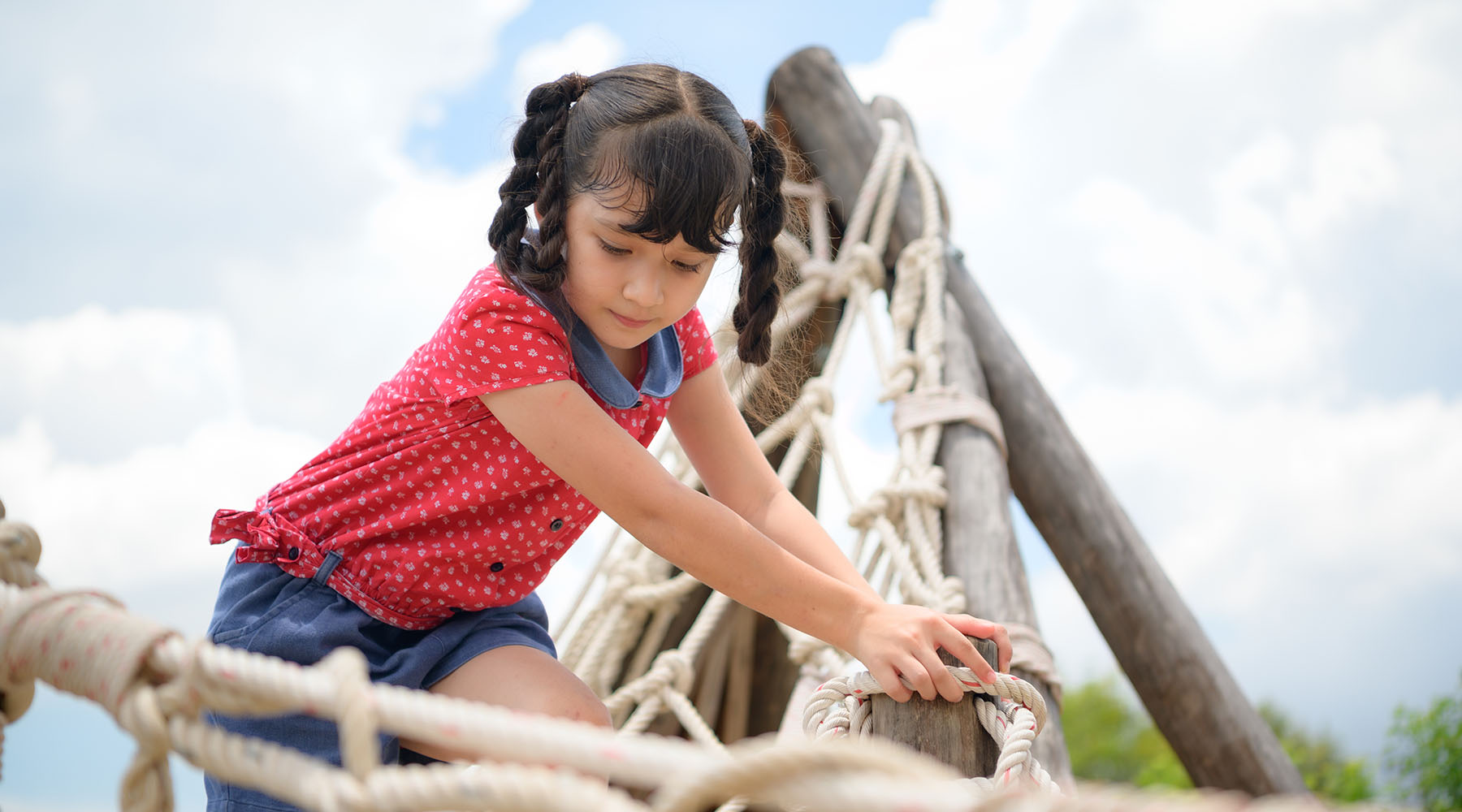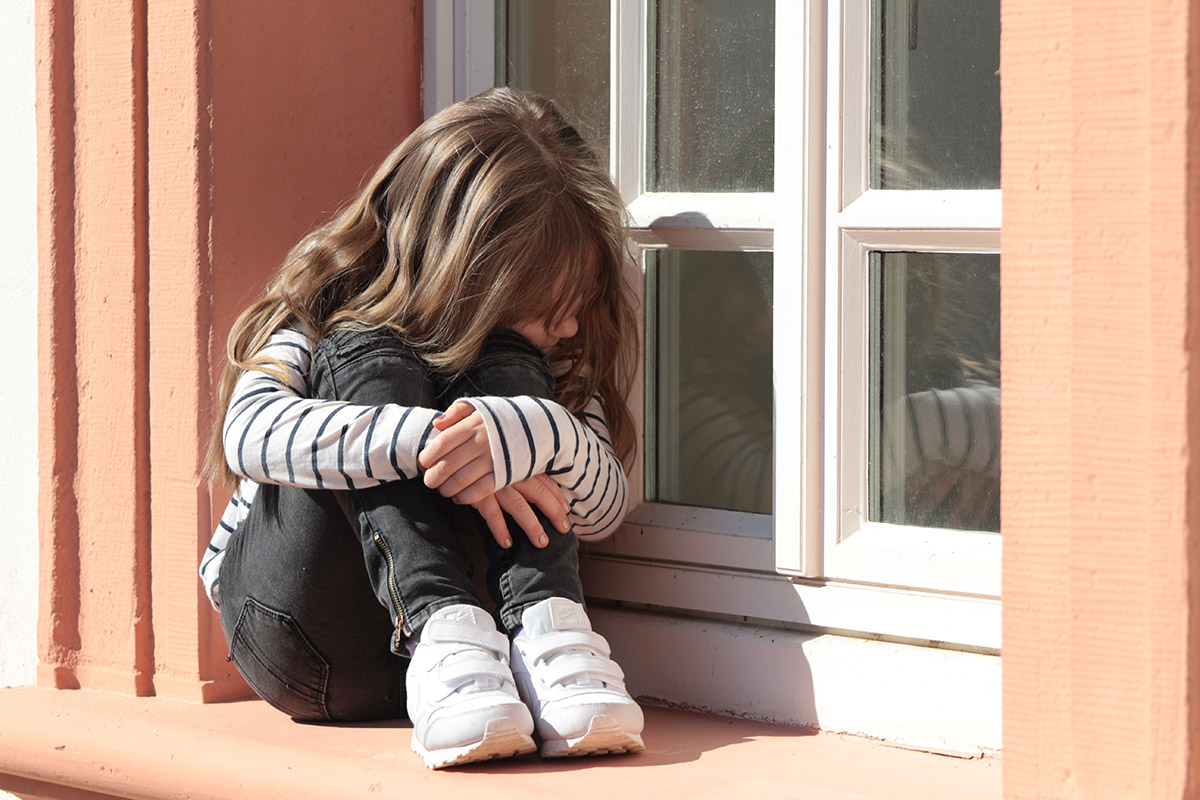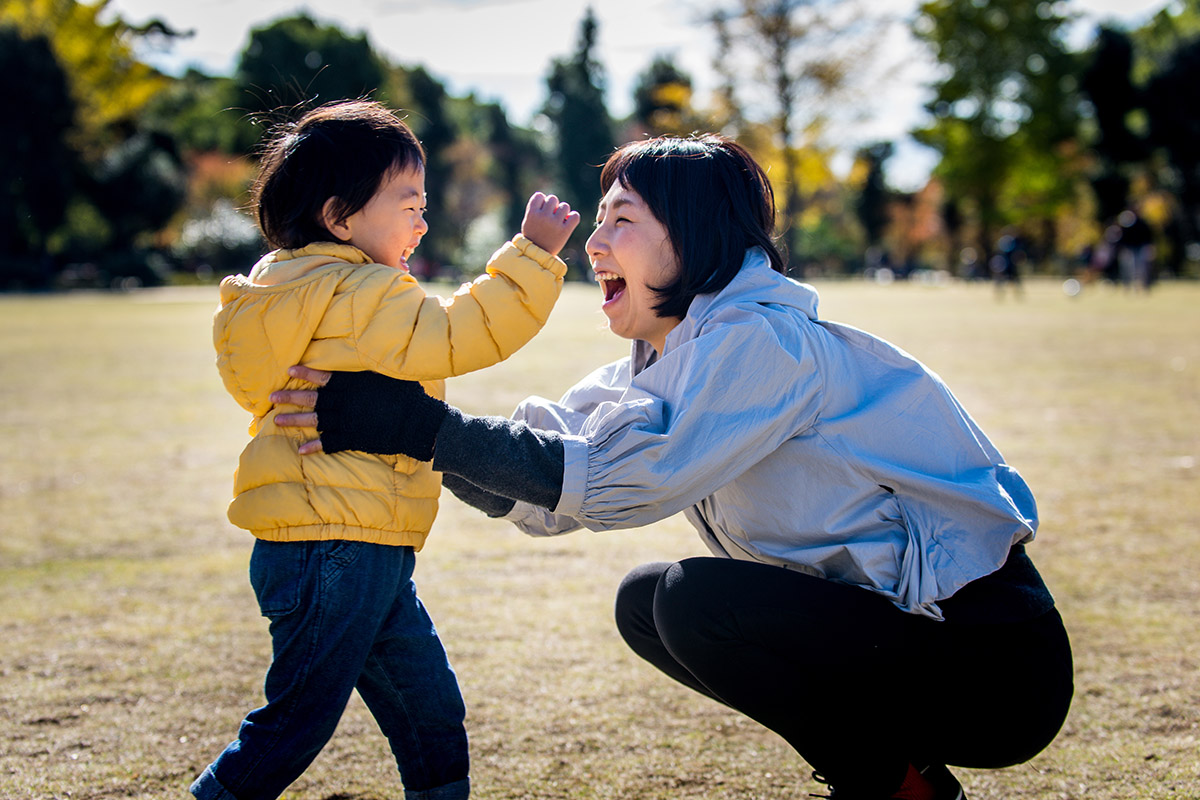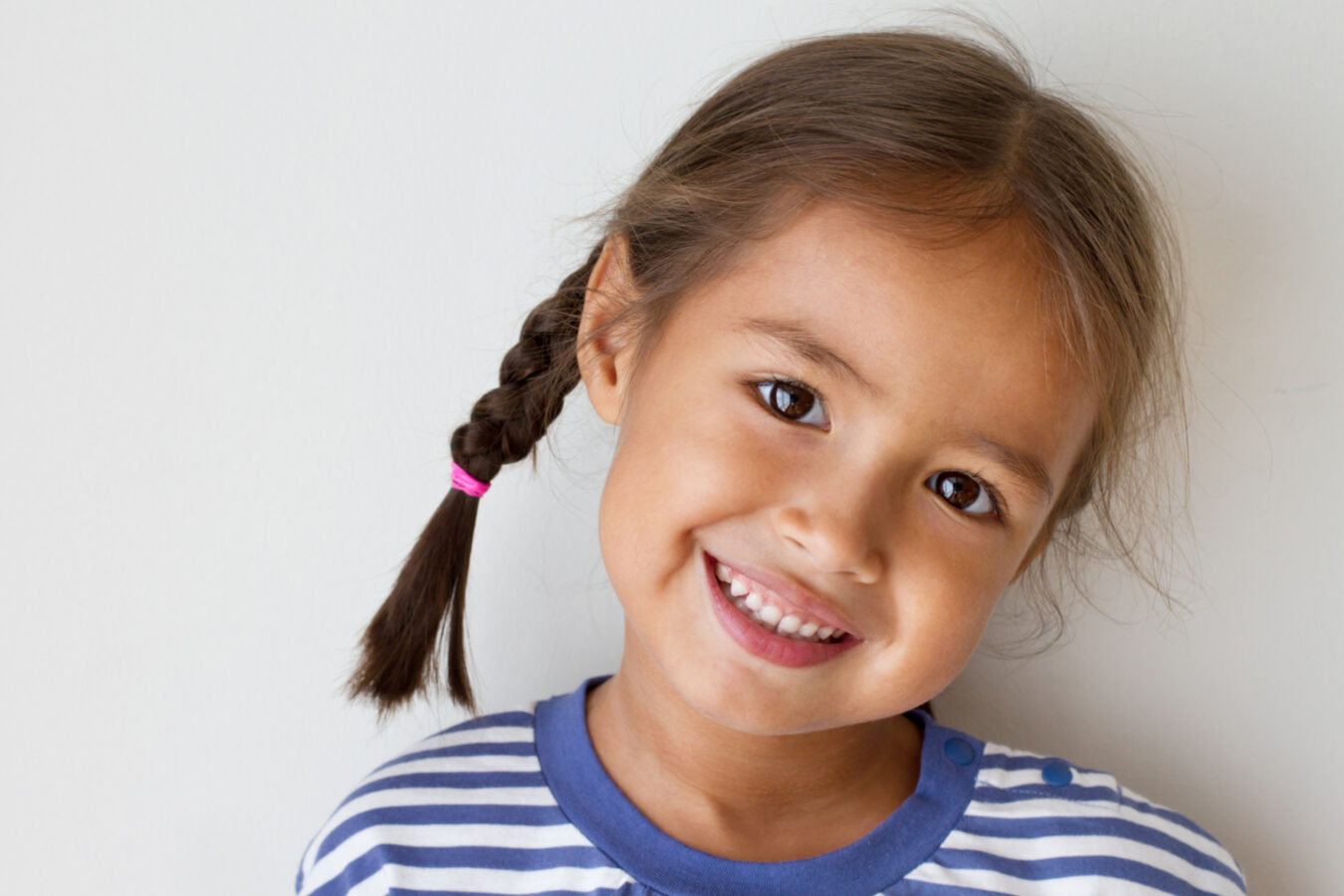
We want our children to be more than simply resilient to today's mental health challenges, says Dr Michael Nagel. They need to learn how to adapt.
As a researcher, educator, and author focused on the developing brain, I find myself both enlightened and burdened by the wealth of studies relevant to my work.
The enlightenment stems from our rapidly expanding understanding of optimal environments and conditions for children and teens to flourish, and how best to support their evolving needs. The burden, however, arises from the sobering reports detailing the challenges faced by many young individuals in today’s world.
Increasing mental health concerns
One particularly disconcerting trend emerging from the data is the increased likelihood of stress and persistent mental health issues among today’s youth, attributable to a growing array of adversities they encounter. Some of these challenges manifest in the virtual realm, facilitated by the omnipresence of news and the ability to witness global events in real-time.
For many children, exposure to such events compels them to grapple with realities, probabilities, and possibilities in ways that exceed their psychological capabilities, often leading to troubling outcomes.
Consider, for instance, the documented surge in anxiety and stress-related illnesses among children as geographically distant as Finland and Australia following the real-time broadcast of the Twin Towers’ collapse during the 9/11 attacks. While such catastrophic events are mercifully rare, many children routinely face abnormally serious emotional situations stemming from familial issues such as parental divorce, bereavement, or separation from loved ones.
These experiences have the potential to either fortify or undermine a child’s psychological well-being.

Resilience vs adaptability
Many mental health professionals posit that the long-term impact of such incidents on a child’s psyche hinges largely on their ‘resilience’. While ‘resilience’ has become a ubiquitous term in discussions of mental health and stress management, I propose an alternative concept for consideration: ‘adaptation’. This shift in terminology is not merely semantic but reflects a nuanced understanding of how children navigate adversity.
The preference for ‘adaptation’ over ‘resilience’ is twofold. First, ‘adaptation’ implies a proactive capacity to adjust to environmental changes, whereas ‘resilience’ suggests a more reactive, post-event recovery. More significantly, ‘adaptation’ aligns with the brain’s remarkable plasticity and its ability to reconfigure in response to environmental stimuli.
Given the extensive neural maturation occurring in children’s brains and the substantial reconstruction taking place during adolescence, the concept of hardwiring adaptive capacities into the neural mechanisms of our children’s minds presents a powerful and positive paradigm.
Love, affection and trust
It is noteworthy that all children possess some innate capacity to face emotionally challenging situations, providing a solid foundation. However, this inner strength alone is often insufficient to fully mitigate the emotional turbulence experienced by an immature mind. Children and teens process events such as divorce, illness, poverty, personal injuries, and bullying in ways vastly different from adults, owing to their still-developing brains and bodies. Such processing requires help!
The cultivation of adaptive capacities begins with the recognition that children fundamentally require parental love, affection, trust, and hope to navigate difficulties effectively. In situations where the family environment is suboptimal, the support and understanding of educators becomes crucial. The human species is unique in the prolonged vulnerability of its offspring, with children relying on adults for many years.
The absence of love, affection, trust, and hope can profoundly impact a child’s cognitive development and future prospects. In essence, love and affection form the cornerstone upon which adaptive capacities are built. However, there are also some significant steps that can be taken to further such capacities.

I have..., I can..., I am...
In the face of adversity, children often experience profound feelings of isolation, fear, and vulnerability, regardless of their age. However, as alluded to above, those enveloped in love frequently discover within themselves the capacity to adapt, drawing upon reserves of self-confidence and self-belief.
To further cultivate this sense of assurance, parents and teachers can employ a simple yet powerful exercise centred around three pivotal statements: ‘I have…’, ‘I can…’, and ‘I am…’.
For instance, children should be encouraged to recognize:
- ‘I have a supportive network of family, friends and teachers to turn to.’
- ‘I can confront challenges by communicating with people I trust and offering assistance to others in need.’
- ‘I am accountable for my actions and emotions; how I feel and what I say or do matters.’
Self confidence, trust and stability
While these affirmations may appear simplistic, it’s crucial to remember that children and teens, in their ongoing developmental journey, require time to construct the cognitive frameworks that adults often take for granted. Thus, creating opportunities for such dialogues is invaluable.
Further to that, developmental psychologists emphasise several key strategies for parents and educators:
- Fostering Self-Confidence: Instil in children the belief in their innate abilities and inner strength. Encourage the mindset that with determination, they can overcome any obstacle.
- Demonstrating Trust: Express faith in a child’s capabilities. Provide them with opportunities to excel and offer assistance and support in their endeavours.
- Establishing Structure: Implement clear rules and routines within the home and school. These boundaries not only impart fundamental lessons but also offer a sense of stability and predictability that children and teens crave.

Predicable routines and boundaries
Routines, boundaries and predictability are key elements to building adaptive capacities in young people. It’s important to note that the prefrontal cortex, responsible for logical reasoning and analysis, doesn’t fully mature until the third decade of life. Therefore, discipline, consistency, and structure serve as crucial safeguards for young individuals prone to impulsivity or emotional reactivity.
These elements also lay the groundwork for trust and security, allowing children to further develop a robust sense of ‘I can’ and ‘I am’.
Under typical circumstances, children naturally develop adaptive capabilities as they mature and accumulate experiences. Humanity’s innate survival instinct has served us well for millennia.
However, in the earliest stages of life, and during the challenging time of pubescence, children often require adult guidance to build self-confidence, especially in an era where the entire world is accessible at the click of a mouse.
Nurturing adaptability
Adults should never underestimate their influence in cultivating a child’s adaptive skills. Dedicating time to this task is crucial, for adaptation is a powerful psychological asset that equips children to face life’s challenges with heightened confidence and motivation.
By investing in these skills, parents and teachers provide children with an invaluable tool for navigating the complexities of life with strength and self-assurance.
About the author
Dr Michael Nagel is an Associate Professor at the University of the Sunshine Coast where he teaches and researches in the areas of child and adolescent development, behaviour and learning. He is the author of more than twenty books on educational psychology and child development.
Dr NAGEL'S WEBSITEStay up to date with our newsletter here


